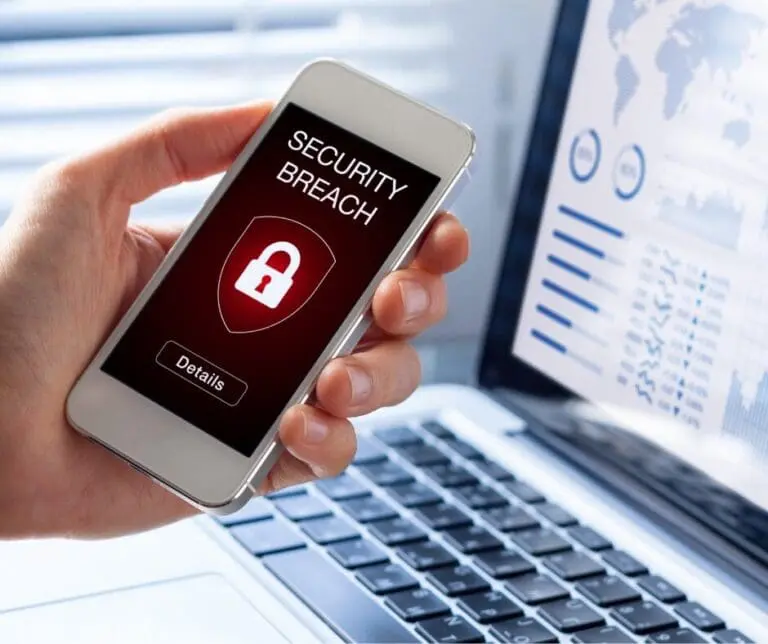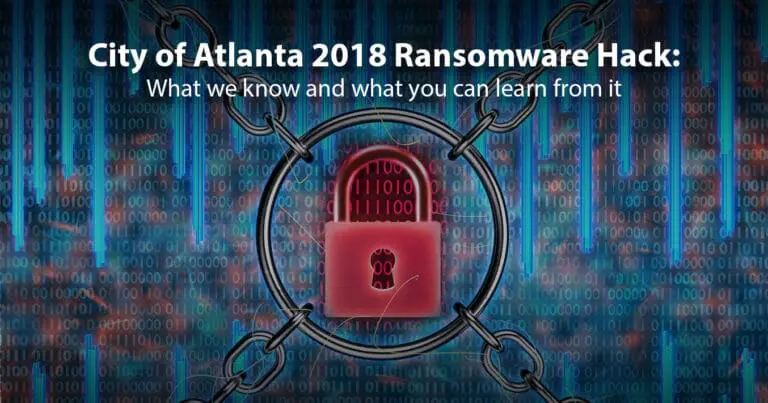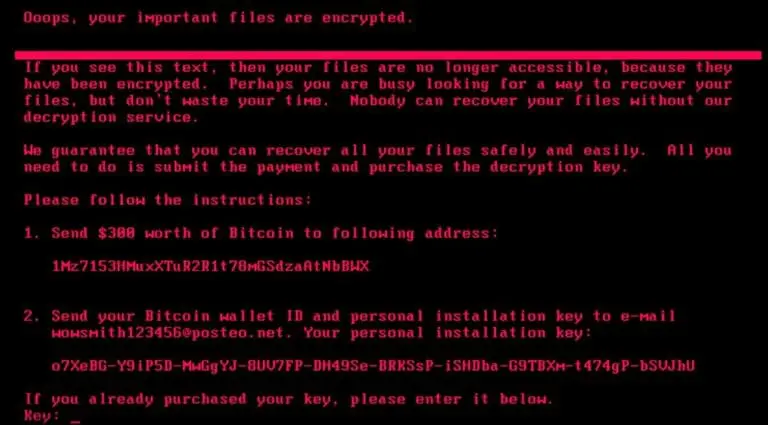Lessons from the DaVita Healthcare Ransomware Attack
The DaVita ransomware attack is one of the most impactful recent healthcare breaches. Learn what happened and what could have been done to limit the impact.

The DaVita ransomware attack is one of the most impactful recent healthcare breaches. Learn what happened and what could have been done to limit the impact.

Is the threat of full-scale retaliation enough to prevent large-scale cyberattacks? Raxis’ Bonnie Smyre explains why this Cold War strategy is not effective.

A new nationwide cyberattack appears to be targeted at U.S. based hospitals, clinics, and other health care facilities. Healthcare on heightened alert.

Raxis, an Atlanta-based penetration testing company, pieces together facts pertaining to the March 22 ransomware attack on the City of Atlanta.

Raxis CEO discusses the newest major security malware, Petya ransomware. Learn what it is and how to prevent becoming a victim.

Raxis VP of Business Development Brad Herring discusses ways to protect your company from ransomware and how to be prepared in the event an attack occurs against your company.